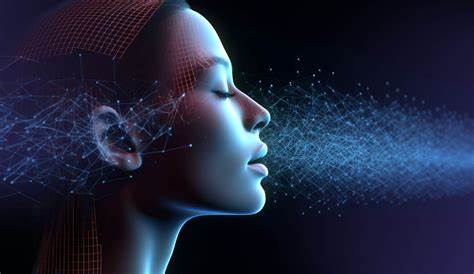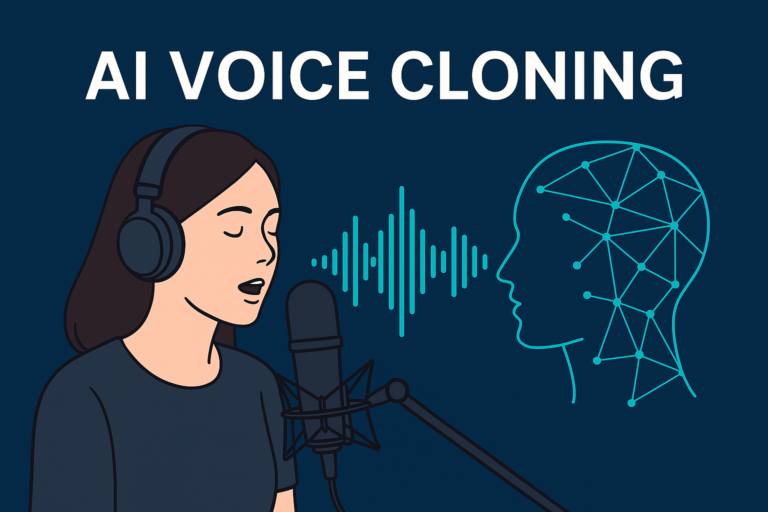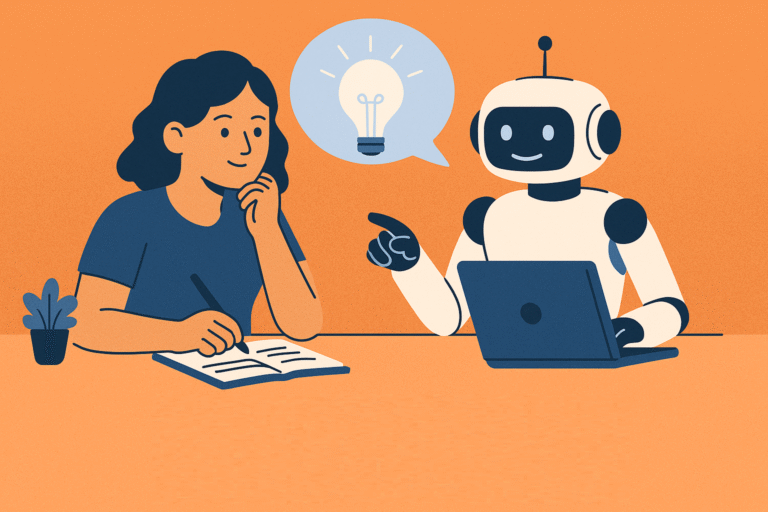In a world increasingly shaped by artificial intelligence, one question lingers on the minds of writers and editors alike: can AI replace human editors? While AI tools are already deeply embedded in the writing process—offering grammar checks, rewriting suggestions, and tone adjustments—they also raise deeper concerns about creativity, context, and authenticity.
Over the past few years, the writing and publishing landscape has experienced a quiet revolution. Tools like Grammarly, Hemingway, and even ChatGPT have made editing more accessible, faster, and in many ways, more efficient. Yet, as these technologies evolve, they challenge long-held assumptions about what it means to edit well—and who is best suited to do it.
Discover The Best AI Writing Tools in 2025
Can AI Replace Human Editors in Modern Content Editing
Artificial intelligence has swiftly moved from novelty to necessity in the world of content creation. Today, it plays a pivotal role in editing, acting not just as a proofreader but as a full-fledged writing assistant. This shift raises the inevitable question: can AI replace human editors, or is it simply redefining the editing process?
What Are AI Editing Tools and Can They Replace Human Editors
AI editing tools are software programs that use machine learning and natural language processing to review and improve written content. Popular examples include:
- Grammarly – Offers grammar, spelling, tone, and clarity suggestions.
- Hemingway Editor – Highlights complex sentences and passive voice for better readability.
- ProWritingAid – Analyzes style, structure, and pacing.
- ChatGPT – Can rewrite content in different tones or styles, summarize text, or provide editing suggestions based on prompts.
These tools go beyond surface-level corrections, helping writers elevate their work in real-time.
Real-World Applications Across Industries
From freelance bloggers to corporate marketing teams, AI editing tools are being adopted across industries. In journalism, they speed up the proofreading process; in education, they help students refine their writing. E-commerce brands use AI to ensure product descriptions are clear and consistent, while publishing houses integrate these tools into editorial workflows for initial drafts.
As AI continues to evolve, its role in editing grows more complex—setting the stage for a new era of collaboration between human editors and intelligent machines.
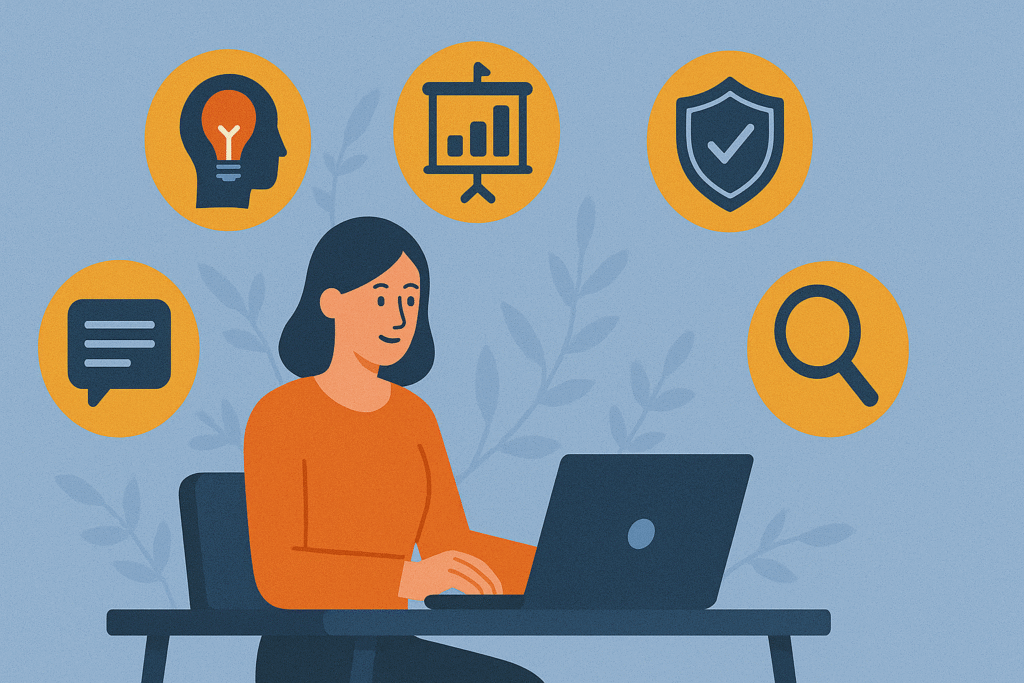
What AI Tools Can (and Can’t) Do
As AI becomes more deeply woven into the editing process, it’s crucial to understand both its strengths and its limitations. While these tools are impressively fast and efficient, they’re not a one-size-fits-all solution—especially when it comes to the subtle art of storytelling and communication.
What AI Editing Tools Do Well
One of the biggest advantages of AI tools is speed. They can scan thousands of words in seconds, spotting grammatical mistakes, awkward phrasing, and tone inconsistencies with incredible accuracy. Their consistency is another key strength—they apply the same rules across the board, ensuring uniformity in large-scale content projects. AI also never tires, making it available 24/7—a huge plus for global teams working across time zones.
On top of that, AI tools are data-driven. They offer suggestions based on massive language models trained on billions of words, which helps catch patterns that a human might overlook. For example, ProWritingAid can identify overused words, filler phrases, and pacing issues in long-form content—something that would take a human editor much longer.
Where AI Still Falls Short
Despite these advantages, AI has clear blind spots. It lacks deep contextual understanding, which means it may misinterpret tone or miss subtle shifts in meaning. It struggles with nuance, sarcasm, or culturally sensitive references. In creative writing or complex storytelling, AI may flatten voice and miss the emotional weight behind a phrase.
To illustrate: imagine a paragraph from a memoir. An AI editor might flag a grammatically “incorrect” sentence and suggest a fix—yet a human editor would recognize that the sentence’s style is intentionally raw or fragmented to reflect trauma or urgency.
In short, AI excels at cleaning up surface-level issues, but when it comes to human nuance, it still needs a guiding hand.
How Can AI Replace Human Editors or Just Redefine Their Role
As AI editing tools grow more capable, the role of human editors is undergoing a quiet but significant transformation. Rather than being pushed out, editors are shifting focus—from correcting commas to curating clarity, context, and connection.
Can AI Replace Human Editors as Narrative Architects
In the past, much of an editor’s time was spent fixing typos, trimming fluff, and correcting grammar. Today, many of those tasks are easily handled by AI. This shift allows human editors to step into more strategic roles—acting as “narrative architects” or “quality strategists.” Their value now lies in shaping content to align with brand voice, target audience, and storytelling intent.
Editors are also increasingly responsible for fact-checking, ensuring inclusivity, and preserving the emotional tone of a piece—things that machines still struggle to grasp. While AI might spot passive voice, only a human can determine if the writing truly resonates with readers.
Partnering with AI, Not Competing Against It
Rather than seeing AI as a rival, savvy editors are learning to work with it. Think of it as a collaboration: AI handles the mechanical polish, while editors focus on the creative and strategic layers. Human oversight ensures that automation doesn’t override intention.
In this evolving landscape, editors are no longer just fixers—they’re curators of meaning and defenders of voice. And in a world full of content, that human touch is more vital than ever.
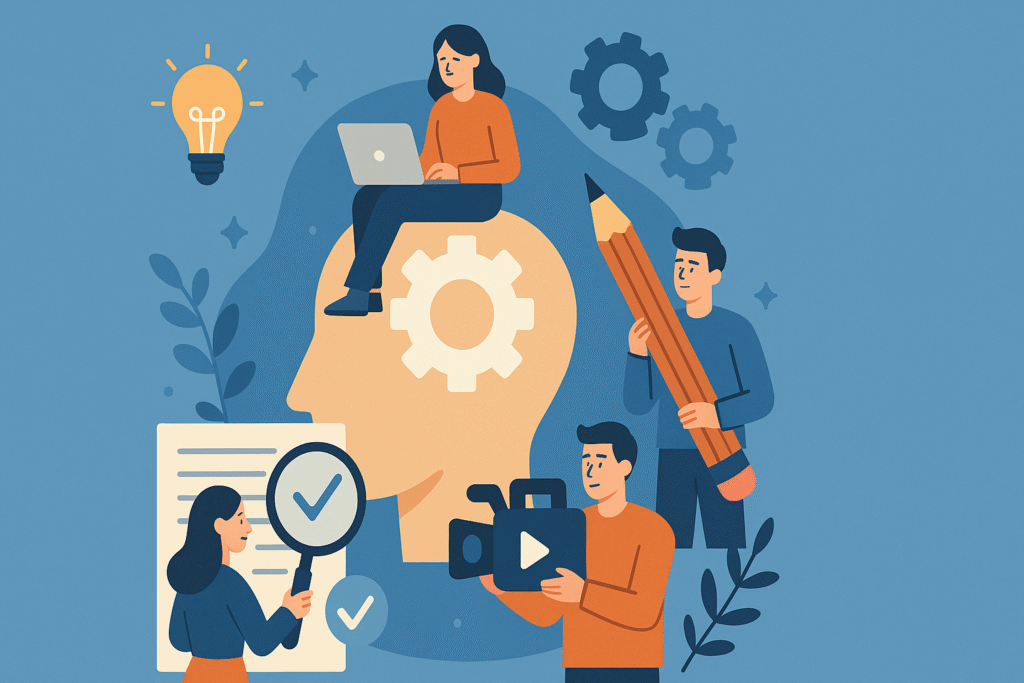
Skills Human Editors Now Need to Stay Relevant
As the editing landscape changes, editors are finding themselves at a crossroads: adapt or risk becoming obsolete. But it’s not all doom and gloom. In fact, AI is clearing the way for editors to develop deeper, more meaningful skill sets that machines simply can’t replicate.
Critical Thinking and Contextual Judgment
AI can catch an error—but can it understand why a certain phrase might be problematic in a specific context? Human editors must lean into their ability to interpret tone, spot logical gaps, and ensure that the narrative makes sense to real readers. They must constantly ask, “Does this message land the way it’s meant to?”
Can AI Replace Human Editors Without Subject Matter Expertise
General editing skills are no longer enough. Editors who understand the subject they’re working on—be it medicine, law, tech, or fashion—bring an edge that AI can’t match. Deep expertise allows editors to spot subtle inaccuracies and fine-tune content to suit a specific audience or industry.
Tech Literacy and Tool Fluency
To thrive in a hybrid workflow, editors must be comfortable using AI tools themselves. Knowing how to prompt ChatGPT effectively, interpret Grammarly’s suggestions, or tweak settings in ProWritingAid is quickly becoming essential. The editor of the future will be part language expert, part tech-savvy collaborator.
Emotional Intelligence and Empathy
Perhaps most importantly, human editors must maintain a keen sense of reader empathy. Can they feel what the reader might feel? Can they adjust content to reflect compassion, urgency, or humor? These emotional undercurrents are where AI still stumbles—and where human editors shine.
Adaptability Is Everything
In a rapidly evolving content world, the ability to pivot, learn, and integrate new tools is crucial. The editors who remain relevant will be those who embrace change, master both craft and tech, and bring heart to every edit.
Why Can’t AI Replace Human Editors Completely
As AI continues to evolve, it’s becoming increasingly clear: the future of editing isn’t about machines replacing humans—it’s about humans and machines working together.
AI as Co-Editor, Not Competitor
In the years ahead, AI will likely become a standard part of editorial workflows. We’ll see more hybrid editing environments, where AI handles the mechanical layer—grammar, syntax, and formatting—while human editors focus on storytelling, voice, and emotional resonance. Think of AI as the co-pilot, not the driver.
The Rise of Hybrid Editing Teams
Agencies, publishing houses, and even individual freelancers will begin to form hybrid editing teams that blend the speed of AI with the insight of human creativity. Editors who know how to manage this collaboration—interpreting AI output, giving it direction, and correcting its blind spots—will be the ones leading the charge.
Why the Human Touch Still Matters
At the heart of all great content is connection. Storytelling, branding, cultural sensitivity, humor—these are things algorithms still struggle to understand. No matter how advanced AI becomes, it lacks the lived experience, intuition, and emotional intelligence that human editors bring to the table.
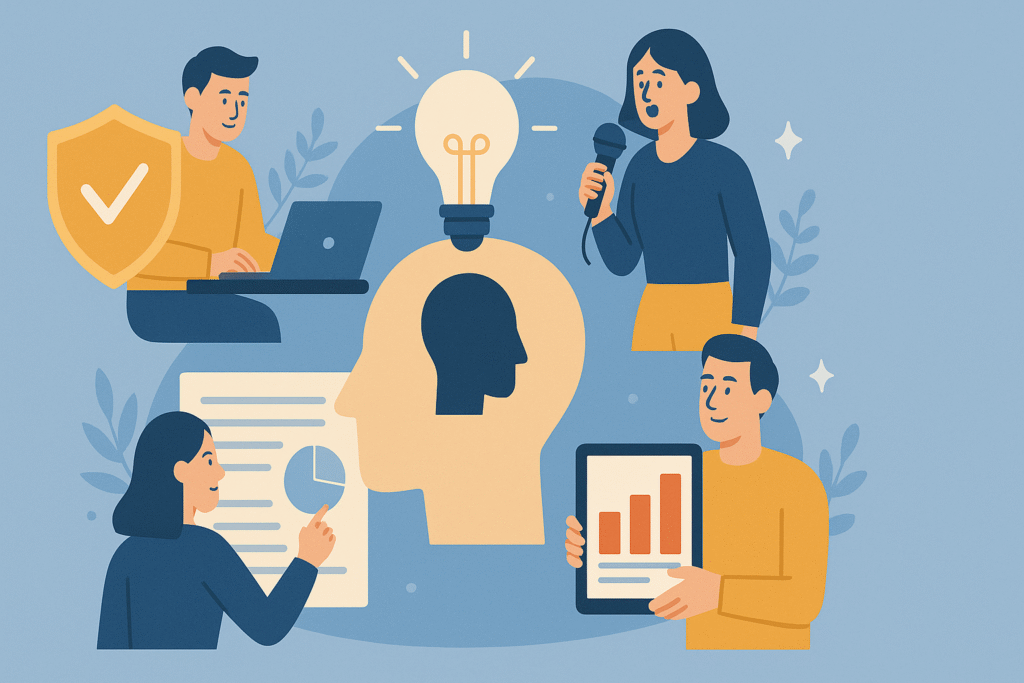
Conclusion: Embrace the Shift, Sharpen Your Edge
So, can AI replace human editors? Not quite. While it’s transforming the editing process and making some tasks faster and easier, it still needs a human partner to bring out the best in content.
For editors, the message is clear: don’t fear the tools—learn them, lead them, and leverage them. The editors of tomorrow will be those who combine deep insight with digital fluency, turning AI into a powerful creative ally.

